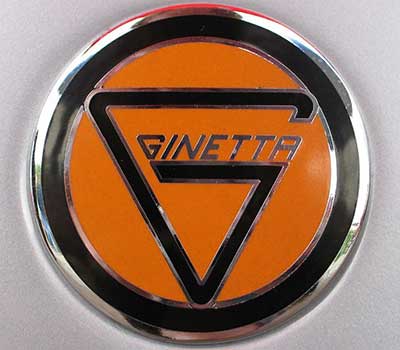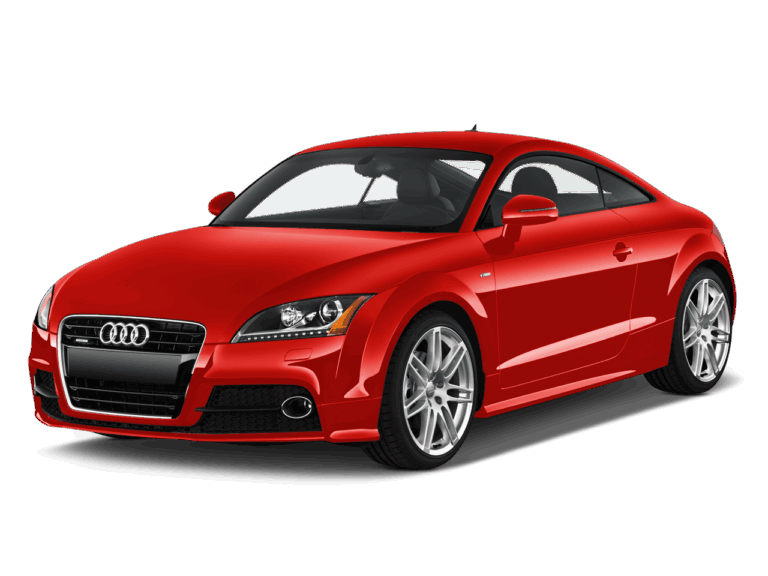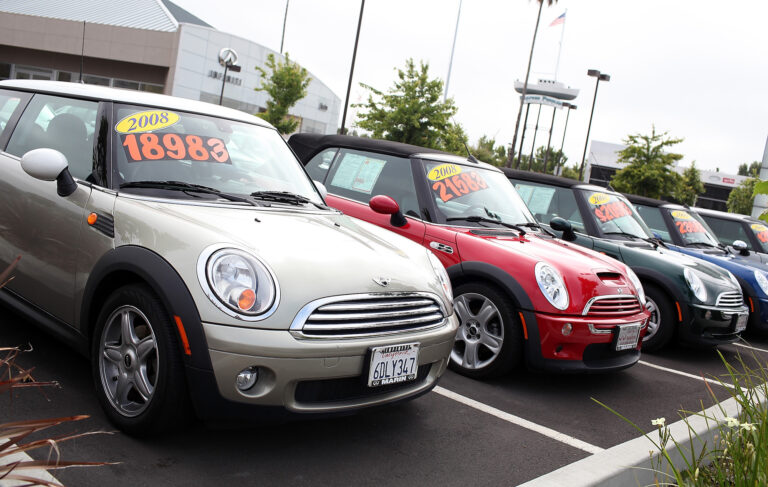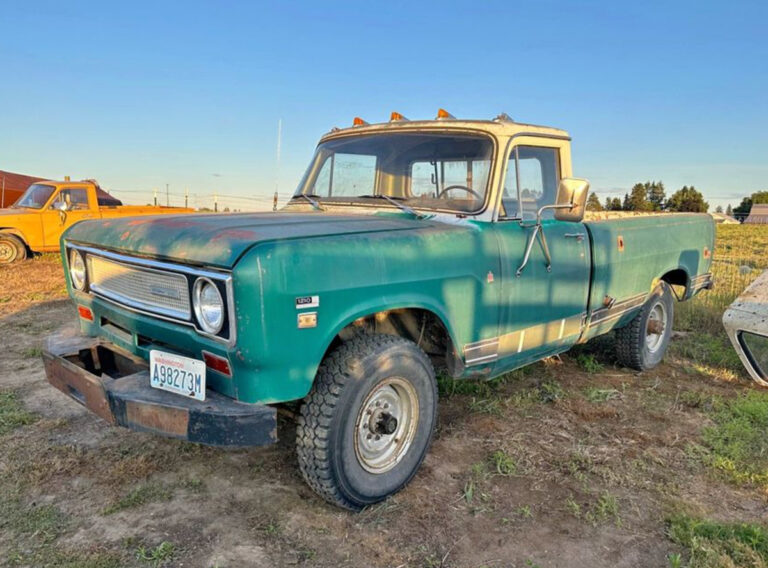Defunct British Car Brands: A Requiem for Automotive Legends
Defunct British Car Brands: A Requiem for Automotive Legends cars.truckstrend.com
The landscape of the global automotive industry is littered with the ghosts of once-great marques, and few nations bear more testament to this than Britain. From the early pioneers of motoring to the mass-market giants of the post-war era, British car brands once dominated roads worldwide, synonymous with innovation, luxury, and performance. However, a confluence of economic shifts, industrial strife, strategic missteps, and fierce international competition led to the demise of many iconic names. This article delves into the fascinating, often melancholic, history of defunct British car brands, exploring the factors that led to their disappearance, the lessons learned, and their enduring legacy.
Understanding the story of these vanished brands is not merely an exercise in nostalgia; it’s a critical examination of industrial evolution, the challenges of global commerce, and the delicate balance required for sustained success in a rapidly changing world. Each defunct brand tells a unique tale of ambition, engineering prowess, and ultimately, failure to adapt.
Defunct British Car Brands: A Requiem for Automotive Legends
The Golden Era and Early Casualties (1900s-1950s)
The dawn of the automobile in Britain saw a proliferation of manufacturers, each vying for a share of a nascent market. By the early 20th century, hundreds of small workshops and ambitious engineers were building cars. This period, often romanticized as the "golden age," was characterized by rapid innovation and fierce independence. However, it was also a time of intense competition and natural selection, where only the fittest, or best-funded, survived.
Brands like Lanchester, founded in 1899, were pioneers in engineering, producing sophisticated vehicles with advanced features. Napier, famous for its racing pedigree, built powerful and luxurious cars. Alvis, known for its sporting saloons and military vehicles, maintained a reputation for quality and engineering excellence for decades.
Key Factors in Early Demise:
- Limited Scale: Many were small-scale operations, unable to compete with emerging mass production techniques.
- Economic Downturns: The inter-war years, particularly the Great Depression, hit luxury and niche manufacturers hard.
- World Wars: Both WWI and WWII forced many manufacturers to switch to military production, disrupting their core business and exhausting resources. Post-war, some struggled to transition back.
- Consolidation: The inherent inefficiencies of numerous small players led to early mergers and acquisitions, with larger entities absorbing smaller ones. For example, brands like Riley and Wolseley, while successful in their own right, eventually became part of the Nuffield Organisation (later BMC).

Post-War Boom and the Rise of Conglomerates (1950s-1970s)
The period following World War II saw a significant restructuring of the British car industry. The drive for economies of scale led to the formation of massive automotive conglomerates. The most notable was British Leyland (BL), formed in 1968 through a series of mergers that brought together virtually every significant British car manufacturer not already owned by Ford or Vauxhall (GM). This included iconic names like Austin, Morris, Triumph, Rover, MG, Wolseley, Vanden Plas, Riley, and Leyland itself.
Initially, this consolidation was seen as a path to global competitiveness. British cars, particularly models like the Mini (Austin/Morris), were incredibly popular worldwide. However, the sheer size and complexity of BL proved to be its undoing.

Key Factors in BL’s Demise (and its component brands):
- Brand Dilution and Overlap: BL inherited too many overlapping brands, often producing near-identical cars under different badges (e.g., Austin Allegro vs. Morris Marina). This confused consumers and wasted resources.
- Industrial Relations: The British car industry of this era was plagued by frequent and crippling strikes, severely impacting production, quality, and delivery schedules.
- Lack of Investment: Under various forms of state ownership and chronic financial difficulties, BL consistently underinvested in research and development, falling behind international competitors in technology, design, and manufacturing processes.
- Quality Control: A reputation for poor build quality and unreliability became synonymous with many BL products, eroding consumer trust at home and abroad.
- Foreign Competition: Japanese and German manufacturers, unburdened by BL’s internal issues, offered superior quality, reliability, and increasingly competitive pricing.
- Poor Management: A succession of management teams struggled to unify the disparate divisions, control costs, and implement effective long-term strategies.

Brands like Austin and Morris, once the backbone of British motoring, effectively ceased to exist as independent entities, their names eventually phased out as BL struggled to rationalize its portfolio. Triumph, once a symbol of British sports cars, suffered a similar fate, its last truly independent model, the TR7, becoming a symbol of BL’s woes. Wolseley and Vanden Plas were relegated to badge engineering, eventually disappearing altogether.
The Decline and Fall (1980s-2000s)
The 1980s and 1990s saw the continued struggle of what remained of British Leyland, rebranded first as Austin Rover Group, then Rover Group. Despite some promising models (like the Rover 800 developed with Honda), the underlying issues persisted. The privatization of Rover Group in 1988 (to British Aerospace) and its subsequent sale to BMW in 1994, marked a desperate attempt to save the remaining core brands.
Under BMW, Rover and MG saw significant investment and new models. However, cultural clashes, differing strategic visions, and continued financial losses led BMW to divest Rover Group in 2000. The remaining assets were sold off: Land Rover to Ford, Mini (the brand, not just the car) retained by BMW, and the core MG Rover Group sold for a symbolic £10 to the Phoenix Consortium.
The collapse of MG Rover Group in 2005 was arguably the final nail in the coffin for volume British car manufacturing under British ownership. It led to the effective demise of the Rover brand (though its intellectual property was acquired by SAIC, a Chinese company) and temporarily the MG brand. While MG has since been revived by SAIC, it is now fundamentally a Chinese brand with a British heritage, its cars designed and manufactured largely outside the UK.
Other notable brands that disappeared or faced significant struggles during this period include:
- Jensen: Famous for the Interceptor, Jensen struggled with financial difficulties and various attempts at revival before finally ceasing production in the early 2000s.
- TVR (original ownership): Known for its raw, high-performance sports cars, TVR faced a tumultuous history of ownership changes and financial instability, leading to its eventual cessation of volume production under its original guise.
- Marcos: A maker of distinctive sports cars, Marcos also suffered from limited production runs, financial instability, and changing regulations, eventually going into liquidation.
Niche and Boutique Brands: A Different Fate
While mass-market brands collapsed, a separate category of niche and boutique manufacturers often faced similar, albeit magnified, challenges. These companies typically produced low volumes of highly specialized or luxury vehicles.
- Bristol Cars: Renowned for its exclusivity, bespoke craftsmanship, and idiosyncratic designs, Bristol Cars produced ultra-luxury vehicles in tiny numbers from 1946 until its effective collapse in 2011. Its highly personalized approach and lack of economies of scale made it vulnerable to economic downturns and changing market dynamics.
- AC Cars: Famous for the Cobra, AC has had a long and convoluted history, with various attempts at revival and production under different ownerships, none truly sustaining the original legacy.
- Gordon-Keeble: A short-lived but highly regarded maker of powerful, stylish GT cars in the 1960s, its demise was a classic case of undercapitalization and an inability to scale production.
The story of these niche brands highlights the immense difficulty of operating successfully in a high-cost, low-volume segment without deep pockets or a highly resilient business model.
Common Threads: Why Did They Disappear?
While each brand’s story is unique, several recurring themes emerge when examining the demise of British car brands:
- Lack of Sustained Investment and Innovation: Many brands, especially those within conglomerates, suffered from chronic underinvestment in research, development, and modern manufacturing techniques. This led to outdated models, poor quality, and an inability to compete with technologically superior foreign rivals.
- Industrial Relations and Production Inefficiency: The widespread industrial unrest of the 1970s and 80s crippled production, damaged quality, and tarnished the reputation of British-made cars. High labor costs and inefficient production processes also played a role.
- Brand Dilution and Poor Portfolio Management: The British Leyland experiment, in particular, demonstrated the perils of having too many overlapping brands and models, leading to internal competition, confused consumers, and a lack of distinct identity for many marques.
- Quality Control and Reputation: A persistent reputation for unreliability and poor build quality, particularly from the 1970s onwards, drove customers to more reliable foreign alternatives. Rebuilding trust once lost is incredibly difficult.
- Global Competition: The rise of highly efficient, quality-focused Japanese manufacturers (Toyota, Honda, Nissan) and increasingly sophisticated German brands (BMW, Mercedes-Benz, Audi) provided compelling alternatives that British manufacturers struggled to match.
- Ownership Changes and Short-Term Strategies: Frequent changes in ownership, often driven by government intervention or private equity, led to short-term thinking, asset stripping, and a lack of consistent long-term vision.
Practical Advice and Actionable Insights: The story of defunct British car brands serves as a cautionary tale for any industry facing rapid change. It underscores the critical importance of:
- Strategic Vision: A clear, long-term plan for product development, market positioning, and brand management.
- Continuous Investment: Prioritizing R&D, modern manufacturing, and talent development.
- Quality First: Maintaining an unwavering commitment to product quality and customer satisfaction.
- Adaptability: The ability to respond swiftly to changing consumer tastes, technological advancements, and global market dynamics.
- Effective Industrial Relations: Fostering a collaborative environment between management and labor.
Conclusion
The story of defunct British car brands is a poignant one, filled with innovation, passion, and ultimately, missed opportunities. While names like Austin, Morris, and Triumph no longer adorn new vehicles manufactured in Britain under original ownership, their legacy endures. They shaped the automotive landscape, pushed engineering boundaries, and created vehicles that captured the hearts of millions.
Their demise offers invaluable lessons on the complexities of industrial management, the unforgiving nature of global competition, and the necessity of constant evolution. Today, while many iconic names are gone, the spirit of British automotive design and engineering lives on through brands now under foreign ownership (like Mini, Rolls-Royce, Bentley, Land Rover, Jaguar) and a vibrant, if small, sector of specialist manufacturers. The ghosts of the past serve as a powerful reminder: in the fast lane of global commerce, standing still is the fastest way to fall behind.
Table of Defunct British Car Brands (Selected Examples)
| Brand Name | Founding Year | Ceased Production Year (approx.) | Key Models/Characteristics | Reason for Demise (Brief) |
|---|---|---|---|---|
| Austin | 1905 | 1987 (as standalone brand) | Austin Seven, Mini, Allegro, Metro | Absorbed into British Leyland, brand phased out due to consolidation. |
| Morris | 1913 | 1984 (as standalone brand) | Morris Minor, Oxford, Marina | Absorbed into British Leyland, brand phased out due to consolidation. |
| Triumph | 1885 (bikes) | 1984 (cars) | TR series (TR3, TR4, TR6, TR7), Spitfire, Dolomite | British Leyland rationalization, quality issues, foreign competition. |
| Rover | 1878 (bikes) | 2005 | P5, P6, SD1, 75 | Collapse of MG Rover Group, chronic underinvestment, quality. |
| Wolseley | 1901 | 1975 | 6/80, 1500, 18/85 (badge-engineered) | British Leyland rationalization, badge engineering, brand dilution. |
| Riley | 1890s | 1969 | Kestrel, Elf, 1.5 (badge-engineered) | Absorbed into Nuffield/BMC/BL, brand phased out. |
| Vanden Plas | 1913 | 1979 (as car brand) | Princess, Allegro 1500/1750 (badge-engineered) | British Leyland rationalization, became a trim level, not a brand. |
| Alvis | 1919 | 1967 (cars) | 3-Litre, Graber Super Coupe | Small volume, unable to compete, acquired by Rover. |
| Jensen | 1922 | 2002 (final revival attempt) | Interceptor, FF, Healey | Financial instability, various ownership changes, limited market. |
| Bristol | 1946 | 2011 | 400 series, Blenheim, Fighter | Ultra-low volume, high costs, lack of modernization, financial issues. |
| Marcos | 1959 | 2007 | Mantis, GT, TSO | Niche market, financial difficulties, limited production. |
| Gordon-Keeble | 1960 | 1967 | Gordon-Keeble GK1 | Undercapitalization, limited production, supplier issues. |
Frequently Asked Questions (FAQ)
Q1: What was the biggest reason for the decline of British car brands?
A1: There isn’t one single reason, but a combination of factors. The most impactful were chronic underinvestment in R&D and manufacturing, severe industrial unrest leading to poor quality and production delays, brand dilution from excessive consolidation (e.g., British Leyland), and the inability to compete with more efficient and quality-focused international rivals from Japan and Germany.
Q2: Are any of these brands still in use today?
A2: Yes, but often under foreign ownership and with their identity significantly altered. For example, the MG brand is now owned by SAIC (a Chinese state-owned company), and while it has a British design studio, its cars are largely manufactured in China. The Rover brand’s intellectual property is also owned by SAIC, though it has not been actively used for new cars globally.
Q3: Did the British government play a role in their demise?
A3: The government played a significant role, particularly through its involvement with British Leyland. State ownership and intervention often led to political rather than purely commercial decisions, short-term fixes, and a lack of consistent long-term strategy, arguably hindering the industry’s ability to adapt and innovate effectively.
Q4: What is the legacy of these defunct brands?
A4: The legacy is multifaceted. On one hand, it’s a cautionary tale of industrial decline. On the other, these brands produced some truly iconic and innovative vehicles that influenced global automotive design and engineering. Many models are highly prized by collectors today, and the engineering talent fostered within these companies contributed to other industries. The story of their decline also offers valuable lessons for modern businesses on competitiveness and resilience.
Q5: Are there any examples of British car brands that survived and thrived?
A5: While many mass-market brands collapsed, some iconic British marques have survived by being acquired by foreign companies that invested heavily and rationalized their operations. Examples include Rolls-Royce (owned by BMW), Bentley (owned by Volkswagen Group), Mini (owned by BMW), and Jaguar Land Rover (owned by Tata Motors of India). These brands now operate successfully as part of larger global automotive groups.






